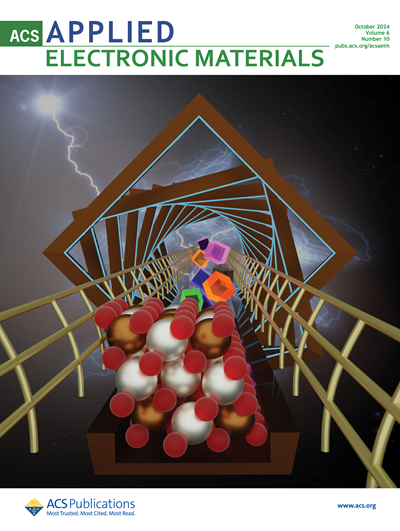评估尼罗河流域主要城市未来降水模式、极端情况和变异性:利用 CORDEX CORE 区域气候模式的集合方法
IF 4.7
3区 材料科学
Q1 ENGINEERING, ELECTRICAL & ELECTRONIC
引用次数: 0
摘要
了解降水量的长期变化对于确定气候变化的影响以及解决水文和水资源管理问题至关重要。本研究考察了尼罗河流域 11 个主要站点在 RCP2.6 和 RCP8.5 排放情景下的历史观测值(1971-2000 年)和两个未来时段(2041-2060 年/2081-2100 年)的平均降水指数和四个极端降水指数的变化趋势,这四个极端降水指数是最大 1 天降水量、最大 5 天降水量、连续湿润日和连续干燥日。首先,经验量值绘图程序显著改善了所有 RCM 的性能,尤其是那些性能较低的 RCM,降低了模型间的变异性,增强了季节降水变异性。Mann-Kendall 检验用于检测气候极端指数的变化趋势。这项研究表明,不同站点、不同情景和不同时段的降水量变化各不相同。亚的斯亚贝巴和基加利预计在所有时段和情景下降水量都会显著增加,增幅分别在 8-15% 和 13-27% 之间,而开罗和金沙萨的降水量则会显著减少,降幅分别在 90% 和 38% 左右。预计北赤道地区大部分地区的湿(干)期将显著减少(增加),尤其是在第二个时期(2081-2100 年)。因此,旱(湿)期的增加(减少)可能会对北岸地区的水资源可用性产生直接影响。这项研究还强调,温室气体排放量的增加对降水模式的影响更大。这项研究的结果可能有助于决策者制定整个北岸地区的减缓和适应战略,以应对气候变化的影响。本文章由计算机程序翻译,如有差异,请以英文原文为准。
Assessing Future Precipitation Patterns, Extremes and Variability in Major Nile Basin Cities: An Ensemble Approach with CORDEX CORE Regional Climate Models
Understanding long-term variations in precipitation is crucial for identifying the effects of climate change and addressing hydrological and water management issues. This study examined the trends of the mean and four extreme precipitation indices, which are the max 1-day precipitation amount, the max 5-day precipitation amount, the consecutive wet days, and the consecutive dry days, for historical observations (1971–2000) and two future periods (2041–2060/2081–2100) under RCP2.6 and RCP8.5 emission scenarios over the Nile River Basin (NRB) at 11 major stations. Firstly, the empirical quantile mapping procedure significantly improved the performance of all RCMs, particularly those with lower performance, decreasing inter-model variability and enhanced seasonal precipitation variability. The Mann–Kendall test was used to detect the trends in climate extreme indices. This study reveals that precipitation changes vary across stations, scenarios, and time periods. Addis Ababa and Kigali anticipated a significant increase in precipitation across all periods and scenarios, ranging between 8–15% and 13–27%, respectively, while Cairo and Kinshasa exhibited a significant decrease in precipitation at around 90% and 38%, respectively. Wet (dry) spells were expected to significantly decrease (increase) over most parts of the NRB, especially during the second period (2081–2100). Thereby, the increase (decrease) in dry (wet) spells could have a direct impact on water resource availability in the NRB. This study also highlights that increased greenhouse gas emissions have a greater impact on precipitation patterns. This study’s findings might be useful to decision makers as they create NRB-wide mitigation and adaptation strategies to deal with the effects of climate change.
求助全文
通过发布文献求助,成功后即可免费获取论文全文。
去求助
来源期刊

ACS Applied Electronic Materials
Multiple-
CiteScore
7.20
自引率
4.30%
发文量
567
期刊介绍:
ACS Applied Electronic Materials is an interdisciplinary journal publishing original research covering all aspects of electronic materials. The journal is devoted to reports of new and original experimental and theoretical research of an applied nature that integrate knowledge in the areas of materials science, engineering, optics, physics, and chemistry into important applications of electronic materials. Sample research topics that span the journal's scope are inorganic, organic, ionic and polymeric materials with properties that include conducting, semiconducting, superconducting, insulating, dielectric, magnetic, optoelectronic, piezoelectric, ferroelectric and thermoelectric.
Indexed/Abstracted:
Web of Science SCIE
Scopus
CAS
INSPEC
Portico
 求助内容:
求助内容: 应助结果提醒方式:
应助结果提醒方式:


